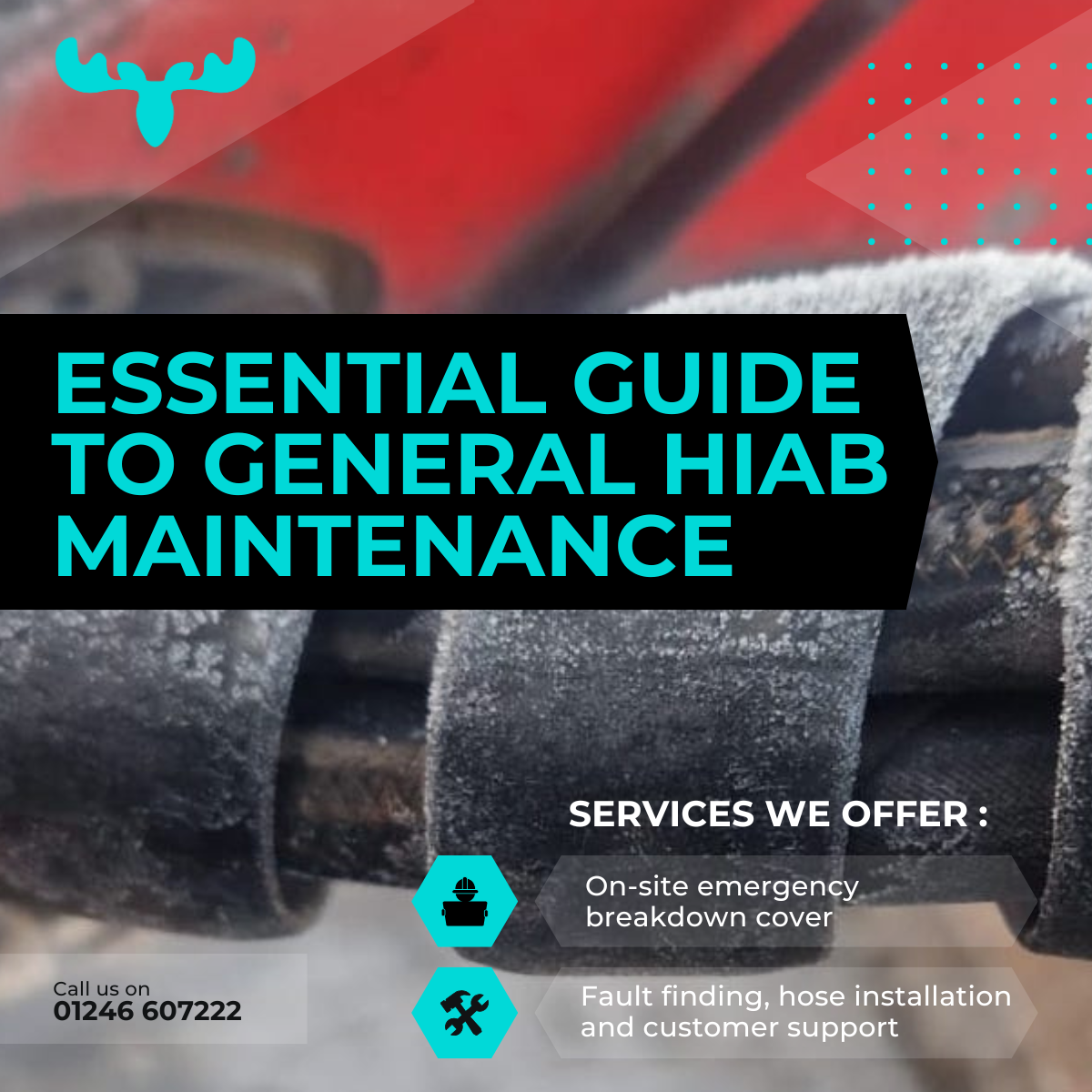Winter can be particularly harsh on hydraulic systems, especially the hoses. Proper care and maintenance during the colder months can extend the life of your equipment and prevent unexpected failures. Here are some essential tips to ensure your hydraulic hoses remain in optimal condition throughout the winter season.
Understanding the Challenges
- Temperature Sensitivty
- Moisture & ice buildup
- Essential Care Tips
- Maintenance Practices
- Equipment Upgrades
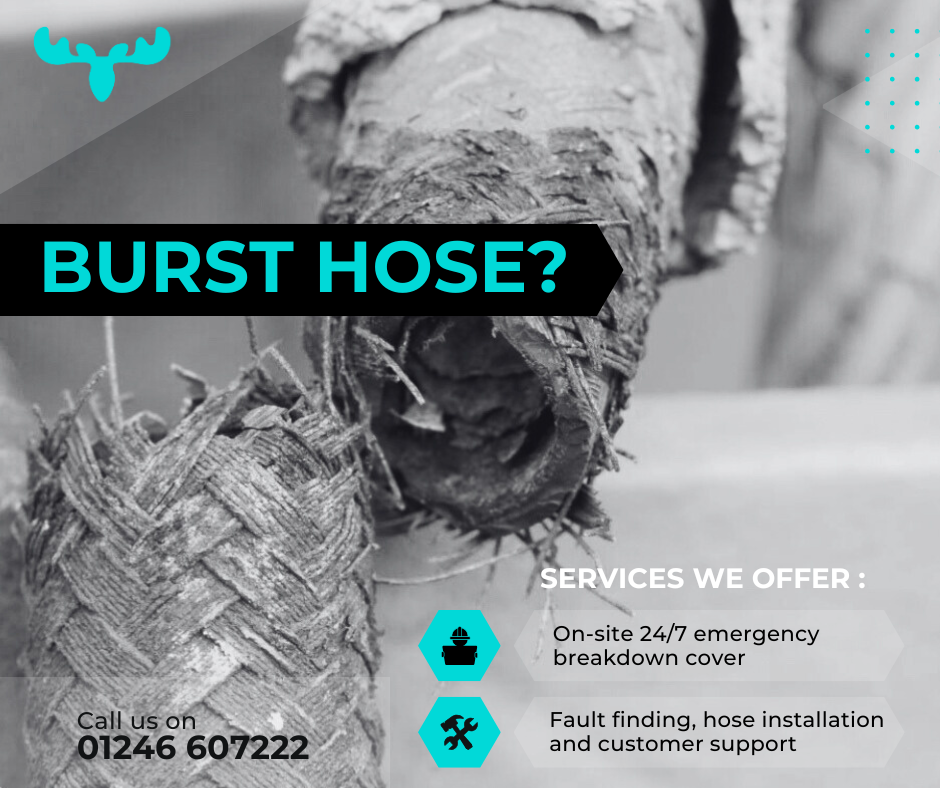
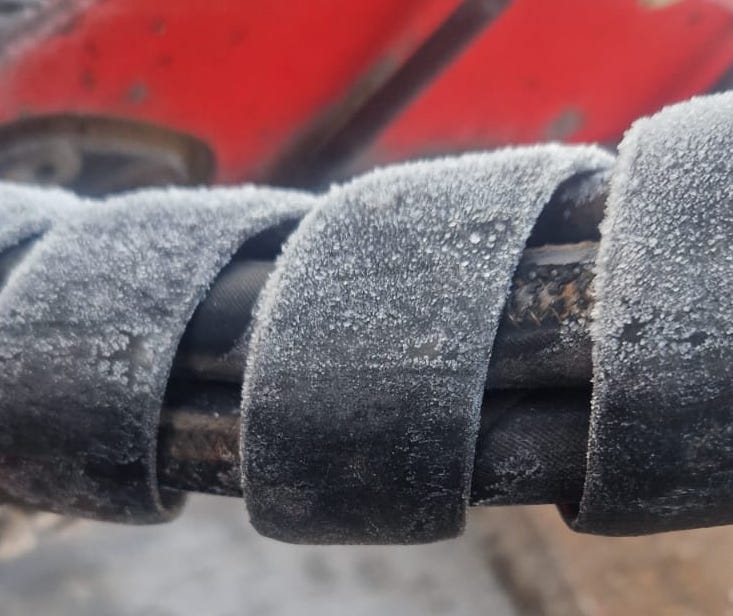
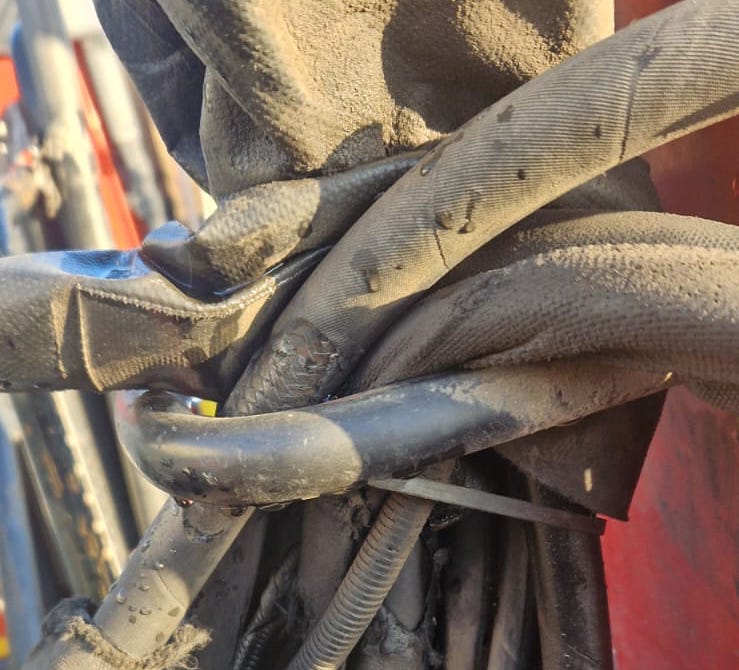
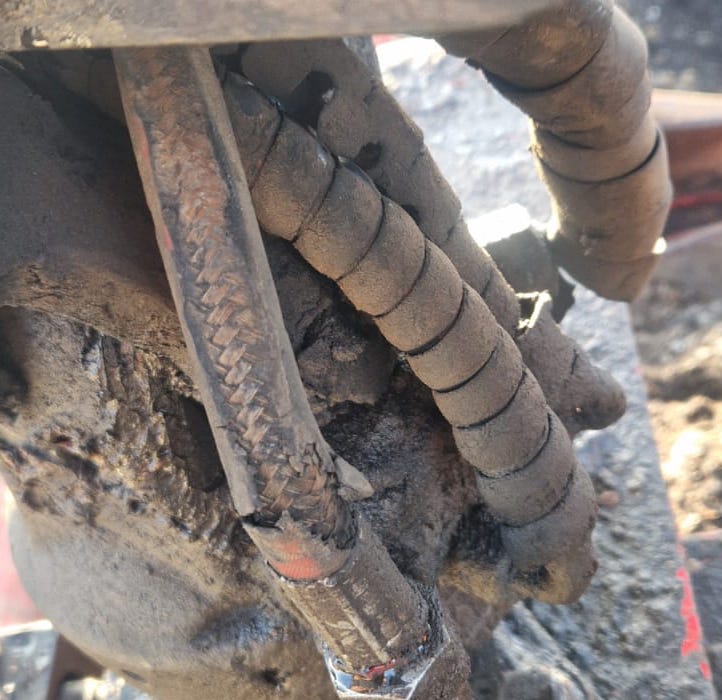
Temperature Sensitivity
Hydraulic hoses are sensitive to temperature changes. Cold weather can make hoses brittle and more susceptible to cracking, while fluids can thicken, increasing pressure and stress on the system.
Moisture and Ice Buildup
Moisture can seep into hoses and fittings, potentially freezing and causing blockages or damage. Ice buildup can also lead to abrasion or even rupture.
Essential Care Tips
Regular Inspections
- Visual Checks: Regularly inspect hoses for cracks, wear, or any signs of damage. Pay particular attention to bends and joints where stress is higher.
- Feel for Soft Spots: Gently squeeze hoses to check for soft or spongy areas, which could indicate internal damage.
Proper Storage
- Indoor Storage: Whenever possible, store equipment indoors to protect it from extreme cold and moisture.
- Use Hose Covers: If indoor storage isn’t possible, use hose covers to shield them from snow and ice.
Pre-Operation Warm-Up
- Gradual Warm-Up: Allow the hydraulic system to warm up gradually before full operation. This can prevent sudden pressure spikes and reduce the risk of hose failure.
- Use of Heaters: Consider using heaters or insulation wraps around hoses to maintain a consistent temperature.
Maintenance Practices
Fluid Management
- Check Fluid Levels: Ensure hydraulic fluids are at the correct levels and replace them with winter-grade fluids if necessary. These fluids have a lower viscosity, reducing the strain on hoses and the system.
- Regular Fluid Changes: Cold temperatures can cause fluid degradation, so regular changes are vital to maintaining system efficiency.
Fitting and Connection Checks
- Tighten Connections: Ensure all fittings and connections are tight to prevent leaks, which can be exacerbated by temperature changes.
- Inspect Seals: Check seals for any signs of wear or damage and replace them as needed to prevent leaks.
Equipment Upgrades
Use of Cold-Weather Hoses
- Specialised Hoses: Consider installing hoses specifically designed for cold weather. These hoses are made from materials that remain flexible even at low temperatures.
Install Protective Accessories
Hose Guards and Sleeves: Use guards and sleeves to protect hoses from abrasion and environmental elements.
By following these guidelines, you can help ensure that your hydraulic hoses remain functional and efficient throughout the winter months. Regular maintenance and proactive measures can save time, reduce costs, and prevent downtime caused by unexpected failures.
